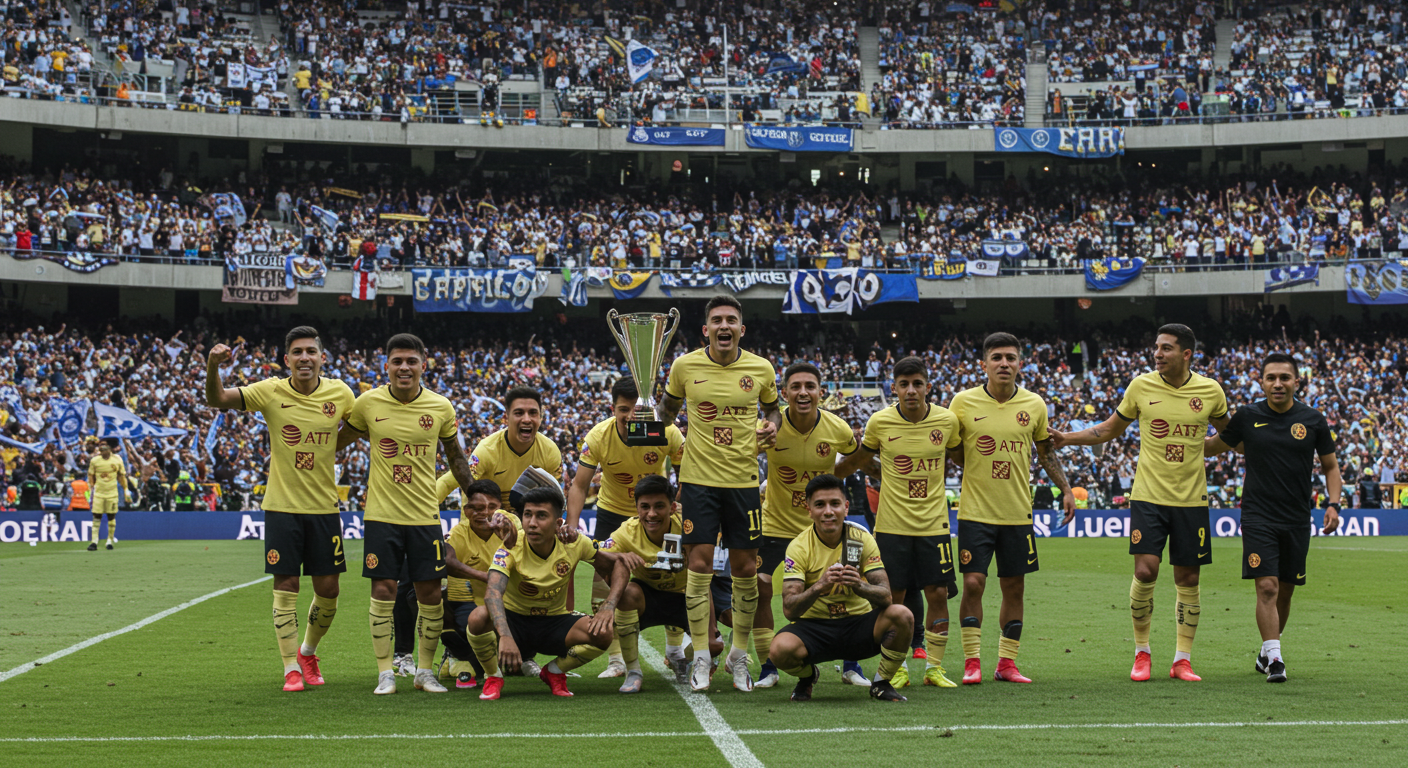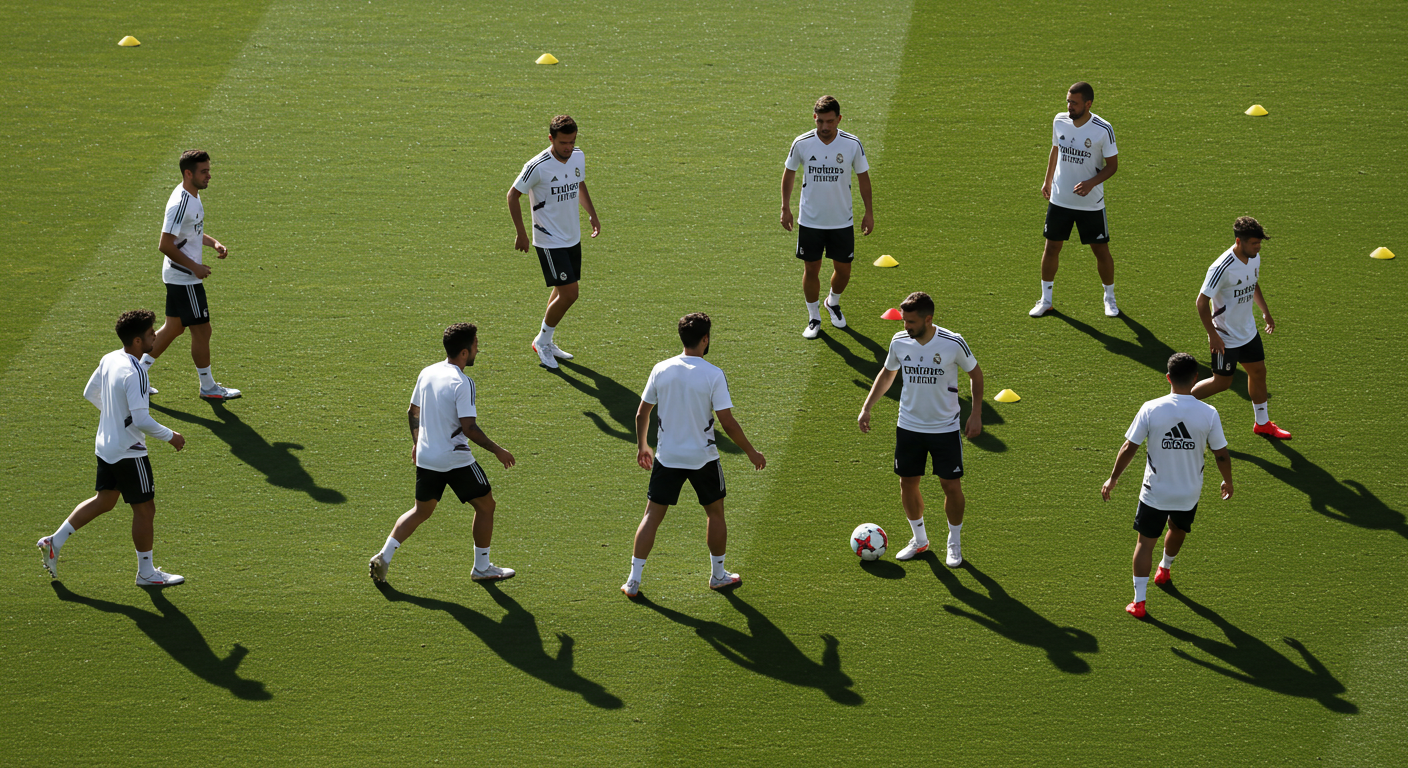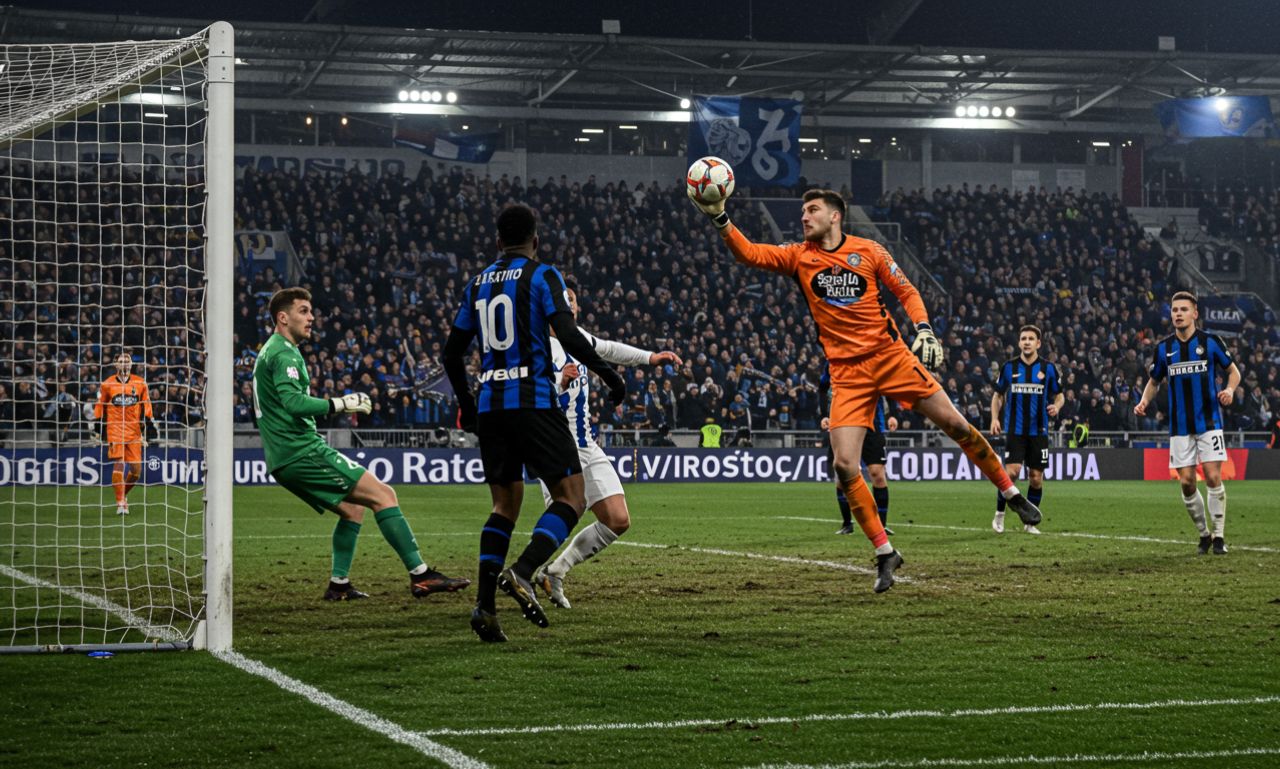Club América is one of the most iconic and successful football teams in Mexico and Latin America. Known as “Las Águilas” (The Eagles), the club has built a legacy of passion, triumphs, and controversies that have made it a polarizing force in Mexican sports. Loved by millions of fans and disliked by many rivals, Club América is more than just a football team—it’s a cultural phenomenon that has shaped the identity of Mexican football for over a century.
Origins and Early Years
Club América was founded on October 12, 1916, by a group of young students in Mexico City. The name was chosen because the founding date coincided with Día de la Raza (Columbus Day), symbolizing the connection with the Americas.
In its early years, América played in local amateur leagues, slowly gaining recognition. By the 1920s, the club established itself as a competitive force, and in 1924 it joined the Mexican Primera Fuerza, the precursor to today’s professional league.
From the beginning, América set out to be different. While many clubs were formed by foreign immigrants, América was proudly Mexican-born, which gave it a unique identity in the country’s football landscape.
Professional Era and Growth
The Mexican football league turned professional in 1943, and Club América became one of the founding members. However, the club struggled during its early professional years, often overshadowed by rivals such as Guadalajara (Chivas) and Asturias.
The turning point came in the 1950s and 1960s when América began to invest heavily in infrastructure and talent. In 1959, media giant Televisa (then Telesistema Mexicano) purchased the club, marking the start of a new era. With the backing of television money and strong management, América transformed into a modern and ambitious institution.
The Golden Decades
The 1980s are often remembered as América’s golden era. Under coaches like Miguel Ángel “Zurdo” López and players such as Carlos Reinoso, Cristóbal Ortega, and Alfredo Tena, the team dominated Mexican football. Between 1983 and 1989, América won five league titles, cementing its status as the team to beat.
This dominance also fueled rivalries, particularly with Chivas de Guadalajara, the other powerhouse of Mexican football. The Clásico Nacional became a cultural event, dividing families and entire communities between red-and-white stripes and yellow-and-blue jerseys.
Achievements and Records
Club América holds the record as one of the most decorated teams in Mexico and CONCACAF. Its achievements include:
-
14 Liga MX titles, making it the team with the most championships in Mexican football.
-
6 Copa México trophies, showcasing success in domestic cups.
-
7 CONCACAF Champions League titles, a regional record that highlights América’s dominance in international competitions.
-
Two Copa Interamericana titles, defeating clubs from South America and proving their quality on a continental stage.
This winning tradition has shaped América’s identity as a club that expects victory, no matter the opponent.
The Clásico Nacional: América vs. Chivas
No article about Club América would be complete without mentioning its biggest rivalry: Chivas de Guadalajara.
The Clásico Nacional is not just a football match—it is a clash of ideologies. While América is seen as the wealthy, modern, and powerful club backed by corporate money, Chivas represents tradition, nationalism, and pride in using only Mexican players.
The rivalry is intense, with millions of viewers tuning in every time the two clubs face each other. Beyond the pitch, it reflects cultural and social divides in Mexico, making it one of the most passionate derbies in world football.
Fan Culture and Identity
América’s fan base is one of the largest in Mexico, with millions of supporters spread across the country and abroad, particularly in the United States. The club’s fans are known as “Las Águilas” or simply “americanistas.”
However, América is also one of the most hated clubs in Mexico. For many neutral fans, the team’s dominance, wealth, and perceived arrogance make it a symbol to root against. This duality—being both the most loved and most hated club—is part of what makes América unique.
Modern Era and Recent Success
In the 21st century, Club América has continued to compete at the highest level. With players like Cuauhtémoc Blanco, Guillermo Ochoa, and Oribe Peralta, América has added more championships to its already impressive collection.
The club won the Apertura 2014 title in dramatic fashion, defeating Tigres UANL, and later claimed the 2018 Apertura, reasserting its dominance. In the international arena, América triumphed in the 2015 and 2016 CONCACAF Champions League, solidifying its reputation as the region’s powerhouse.
The Estadio Azteca: Fortress of Las Águilas
One of the symbols most associated with Club América is the legendary Estadio Azteca, located in Mexico City. Inaugurated in 1966, the stadium is one of the largest in the world, with a capacity of over 80,000 spectators.
The Azteca is not only América’s home—it is also a sacred place for world football. It hosted two FIFA World Cup finals (1970 and 1986), where legends like Pelé and Diego Maradona lifted the trophy. For América fans, the stadium represents history, pride, and the heartbeat of the club.
Iconic Players and Legends
Throughout its history, América has been home to some of the most legendary figures in Mexican football. Among them:
-
Carlos Reinoso: A Chilean midfielder regarded as one of the best foreign players in Mexican football.
-
Cuauhtémoc Blanco: Idol of Mexican fans, known for his talent, charisma, and leadership.
-
Guillermo Ochoa: One of the most famous Mexican goalkeepers, with multiple World Cup appearances.
-
Alfredo Tena: Nicknamed “Capitán Furia,” he embodied América’s spirit during the golden years.
These players not only brought victories but also shaped the club’s identity and global recognition.
Global Influence and Future Prospects
Club América is not only a national powerhouse—it also has growing influence abroad. The club actively engages with fans in the United States, where millions of Mexican immigrants follow their team passionately. América regularly plays friendly matches in U.S. cities, strengthening its brand internationally.
Looking to the future, América continues to invest in youth academies, scouting, and infrastructure. The goal is clear: to maintain its dominance in Mexico, remain competitive in the CONCACAF region, and eventually challenge top clubs in international competitions.
Conclusion
Club América is more than just a football club—it is a symbol of Mexico’s sporting identity. With over 100 years of history, countless titles, legendary players, and passionate fans, Las Águilas embody both triumph and controversy. Loved by millions and hated by just as many, América thrives on its ability to inspire emotion.
Whether you admire their success or root against them, there’s no denying that Club América stands tall as the giant of Mexican football.










